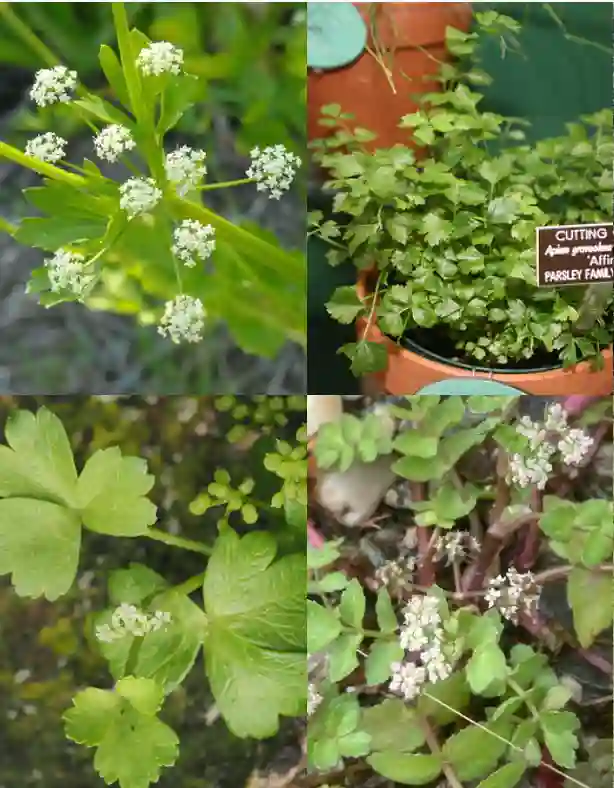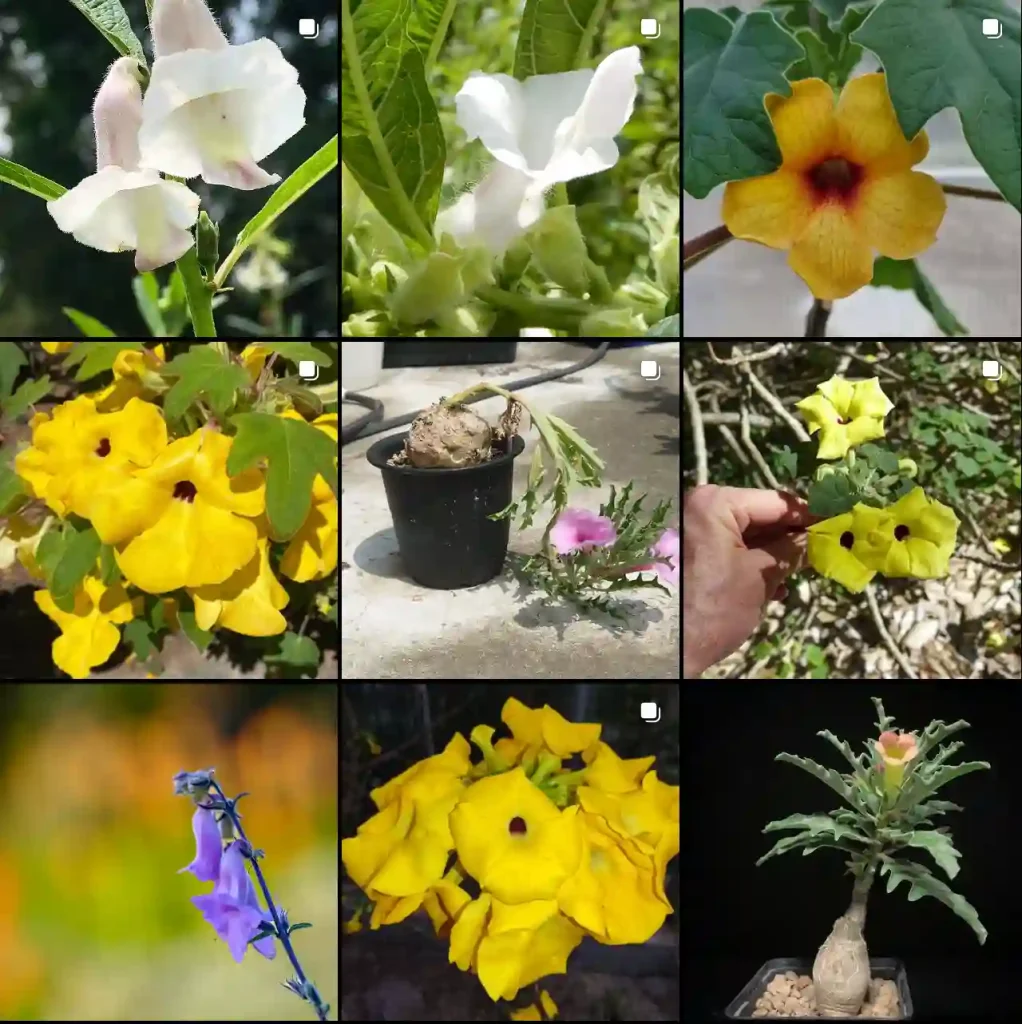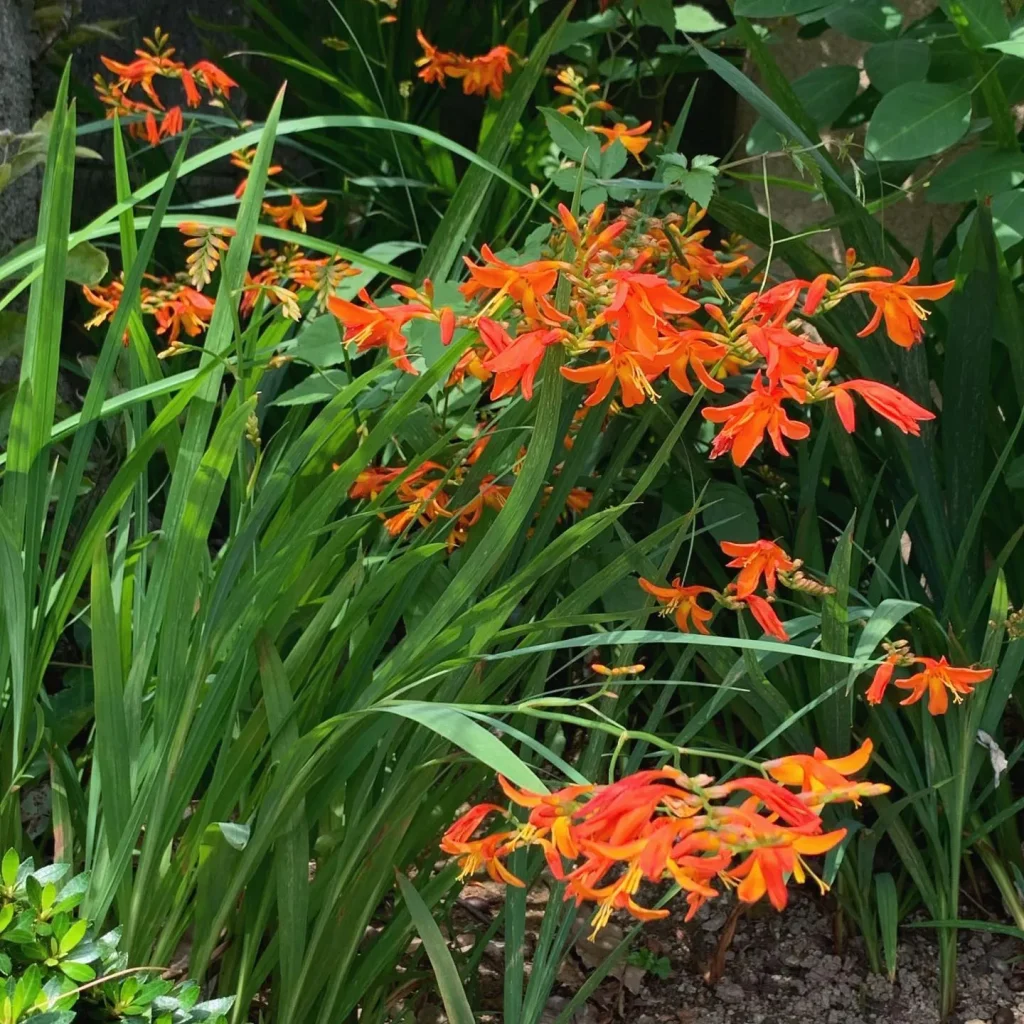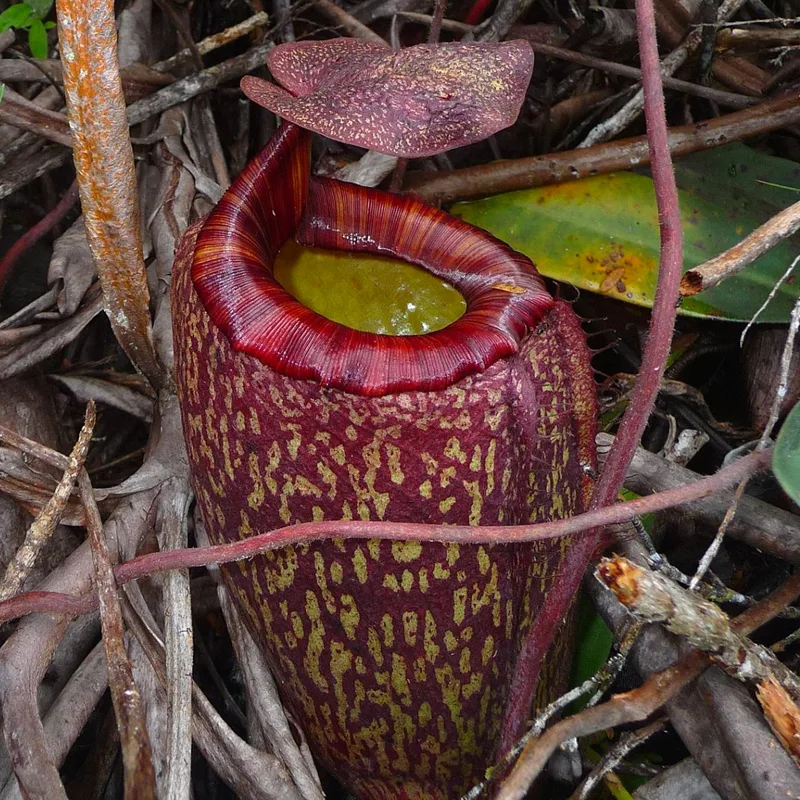What is Picea Orientalis Gowdy?
Picea Orientalis Gowdy, also known as the Gowdy Oriental Spruce, is a striking evergreen tree that has captured my attention with its unique beauty. This species is a cultivar of the Oriental Spruce, a native of the Caucasus and Turkey. It stands out for its dense, dark green foliage and its compact, conical shape, which makes it a popular choice for ornamental gardens. Its needles are short, and they tend to hold their color throughout the year, adding a consistent touch of green to any landscape.
How to Care for Picea Orientalis Gowdy?
Caring for Picea Orientalis Gowdy is relatively straightforward once you understand its needs. Here are some essential tips that have helped me keep mine thriving:
- Location: Choose a spot with full sun to partial shade. The Gowdy Spruce prefers well-drained soil and will struggle in areas where water tends to pool. In my garden, I’ve found that a location with morning sun and afternoon shade works wonders.
- Watering: While this tree is drought-tolerant once established, it benefits from regular watering during dry spells. I make sure to water deeply once a week if there’s no significant rainfall. Overwatering can lead to root rot, so it’s crucial to let the soil dry out between watering sessions.
- Soil: The Gowdy Spruce thrives in slightly acidic to neutral soil. I’ve amended my soil with compost to improve drainage and nutrient content. Avoid heavy clay soils or those that stay soggy.
- Pruning: Pruning is minimal but necessary to maintain the tree’s shape and remove any dead or diseased branches. I usually do this in late winter or early spring before new growth begins.
- Fertilization: I apply a balanced, slow-release fertilizer in early spring. This helps support healthy growth and enhances the tree’s overall vitality. Be cautious not to over-fertilize, as this can lead to excessive, weak growth.
How to Propagate Picea Orientalis Gowdy?
Propagating Picea Orientalis Gowdy can be a rewarding experience, though it requires some patience. I’ve had success with these methods:
- Seed: Collect seeds from mature cones in the fall. Stratify them by placing them in a refrigerator for a few weeks to simulate winter conditions. Plant the seeds in a well-draining seed-starting mix and keep them moist but not waterlogged. Germination can take several weeks to months.
- Cuttings: Take semi-hardwood cuttings in late summer. I use a rooting hormone to encourage growth and plant them in a mix of perlite and peat. Keeping the cuttings in a humid environment under a plastic dome helps promote root development.
What to Plant With Picea Orientalis Gowdy?
When choosing companion plants for Picea Orientalis Gowdy, consider plants that complement its evergreen structure and add visual interest throughout the seasons. Here are some of my favorites:
- Hostas: Their broad, shade-tolerant leaves provide a nice contrast to the dense needles of the Gowdy Spruce.
- Heucheras: The colorful foliage of Heucheras adds a pop of color and pairs well with the dark green of the spruce.
- Astilbes: These shade-loving perennials offer feathery plumes that create a soft contrast against the spruce’s sharp needles.
How to Use Picea Orientalis Gowdy
Picea Orientalis Gowdy can be used in various ways to enhance garden aesthetics:
- Specimen Tree: Its compact size makes it ideal as a focal point in small gardens or as a specimen tree in larger landscapes.
- Screening: Planting several Gowdy Spruces in a row can create an attractive privacy screen or windbreak.
- Container Planting: Due to its manageable size, it’s also suitable for container planting on patios or balconies.
Is Picea Orientalis Gowdy Toxic?
Picea Orientalis Gowdy is not toxic to pets or humans, which is great news if you have curious animals or children around. I’ve never had issues with toxicity in my garden, and the tree’s non-toxic nature makes it a safe choice for various garden settings.
Additional Tips
- Pests and Diseases: While generally pest-resistant, keep an eye out for spider mites and spruce aphids. Regular inspection and prompt action can prevent minor infestations from becoming major problems.
- Winter Care: In areas with heavy snowfall, it’s helpful to brush off snow accumulation from the branches to prevent damage. I’ve also found that mulching around the base helps protect the roots during winter.
Picea Orientalis Gowdy is a versatile and attractive tree that can add year-round interest to your garden. By following these care tips and considering companion planting options, you can enjoy its beauty and benefits for years to come.




